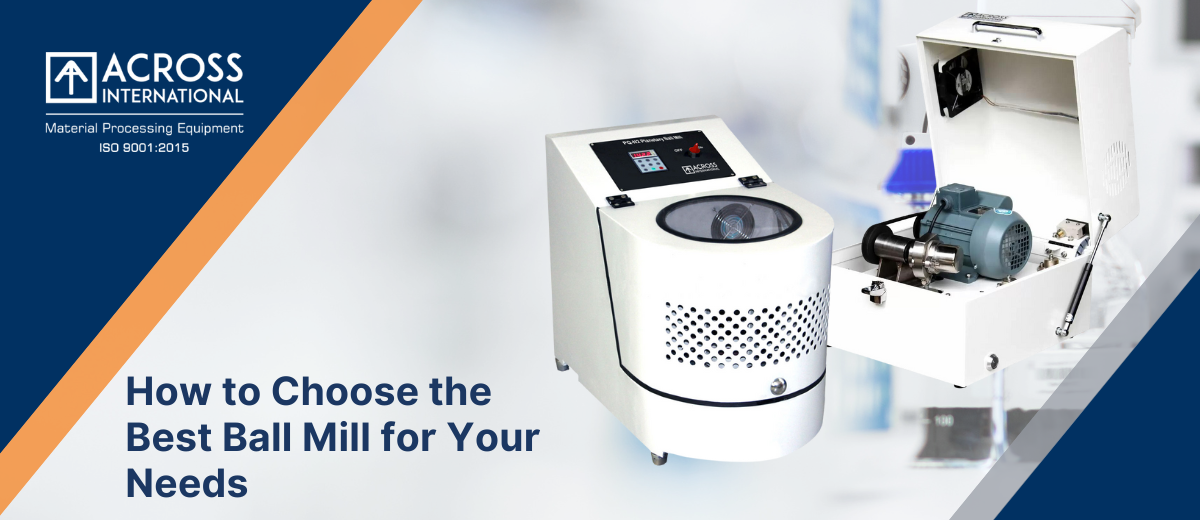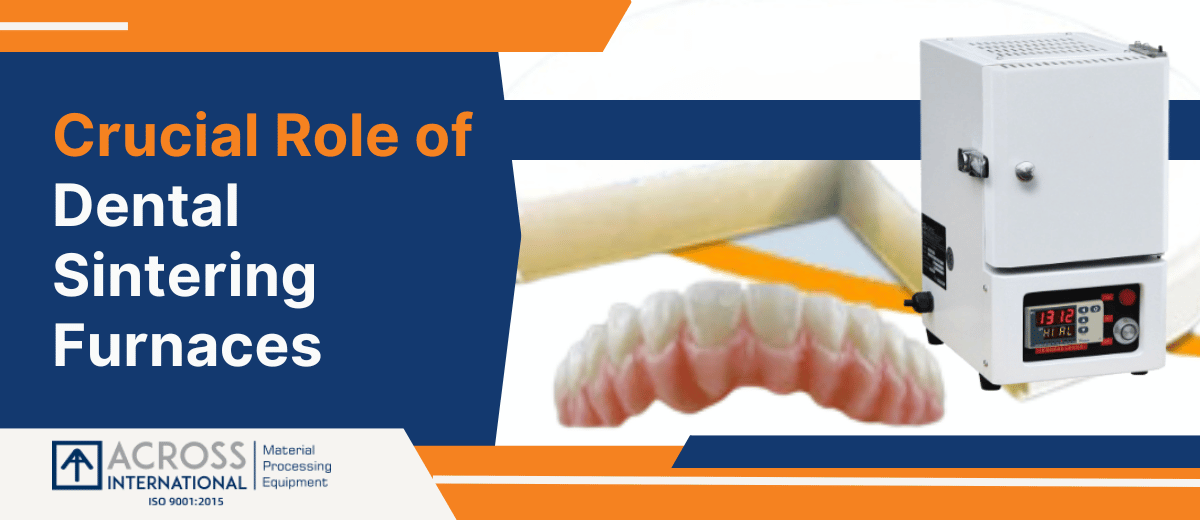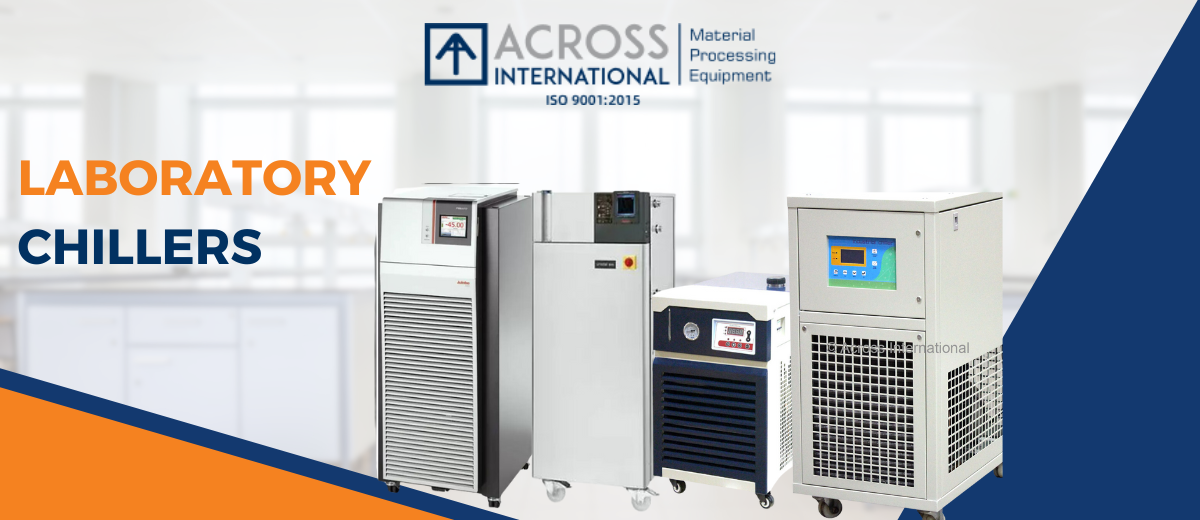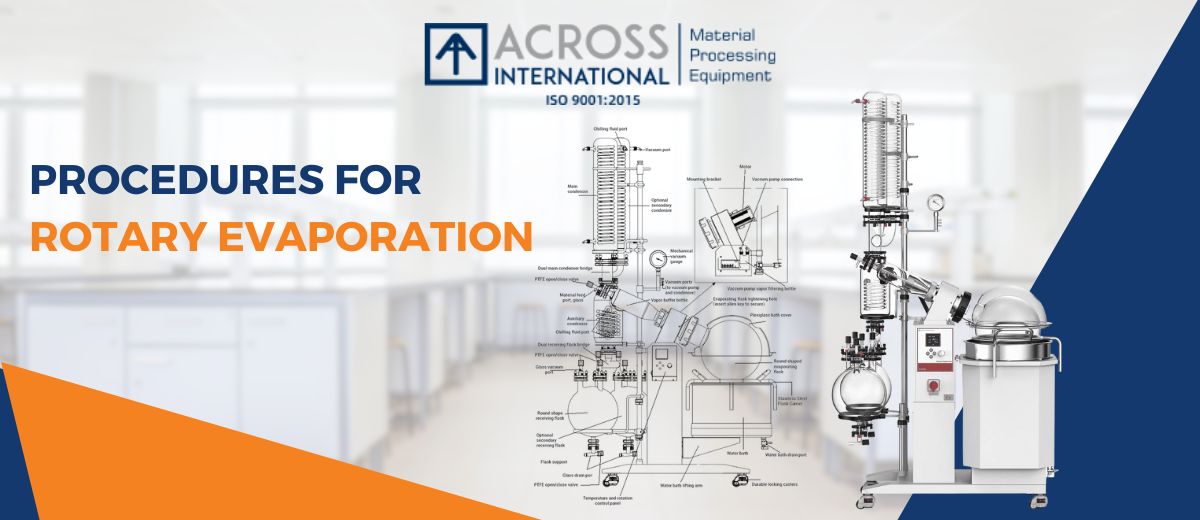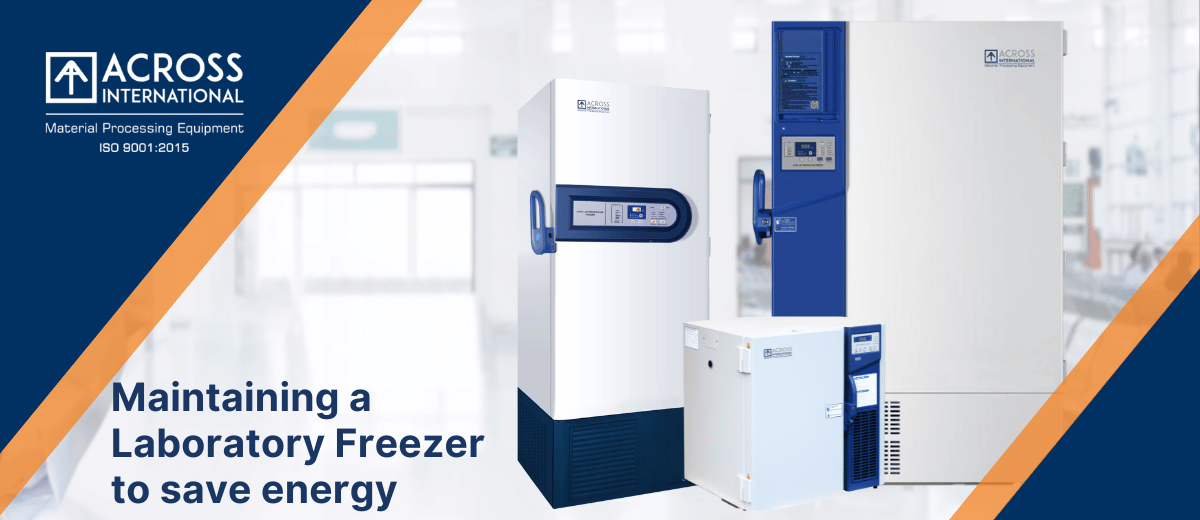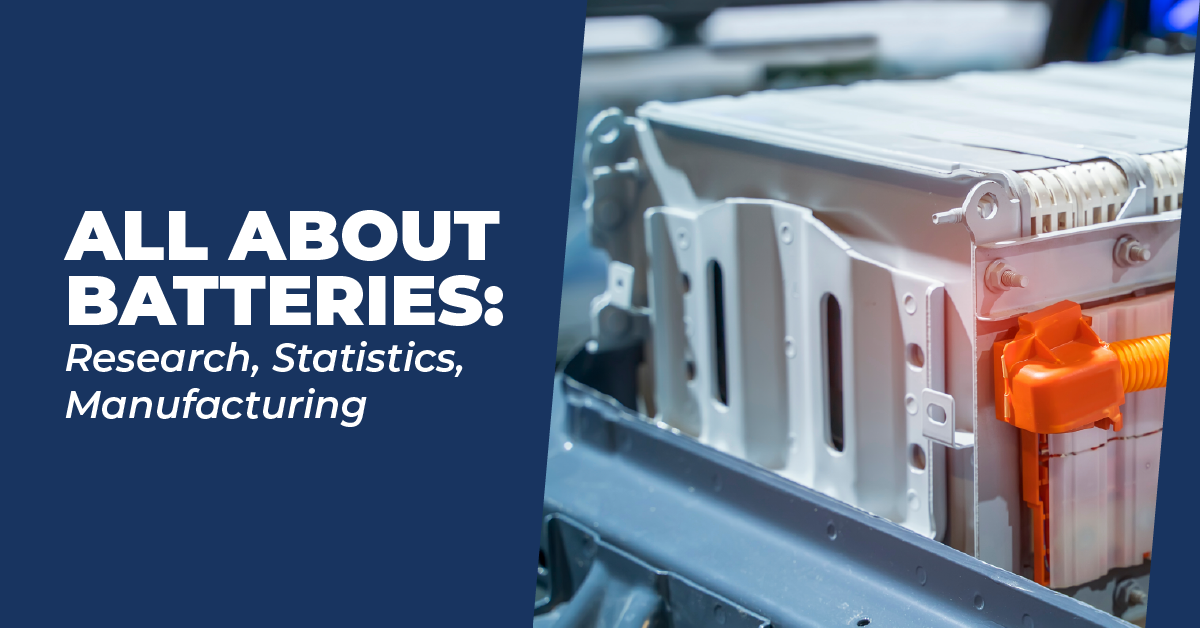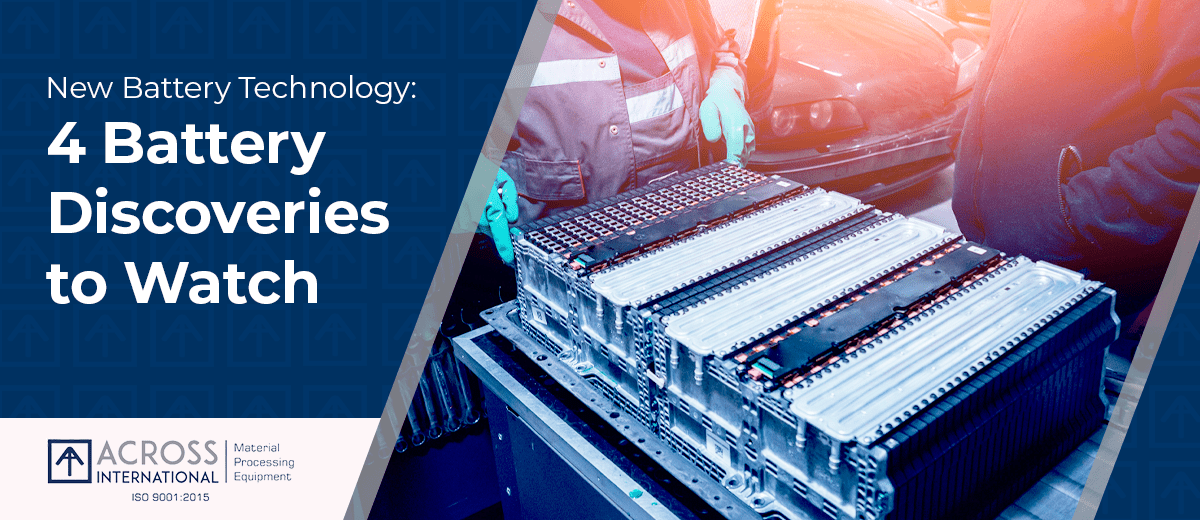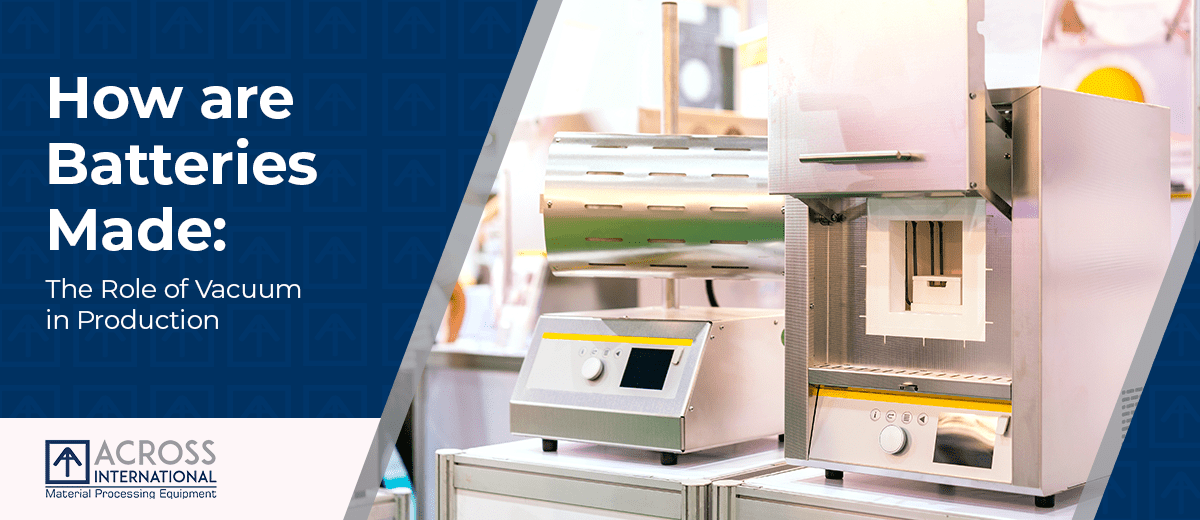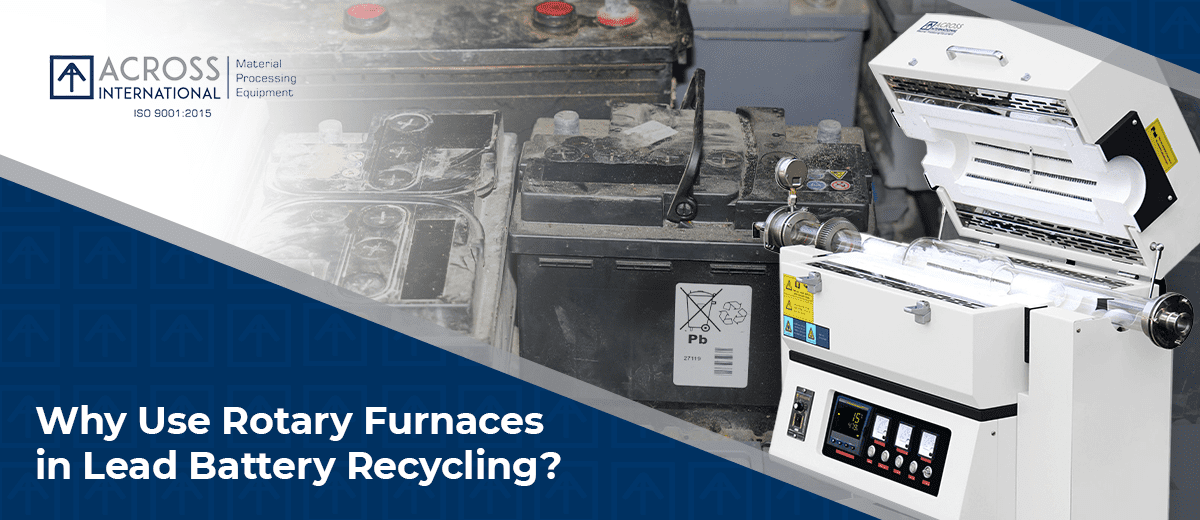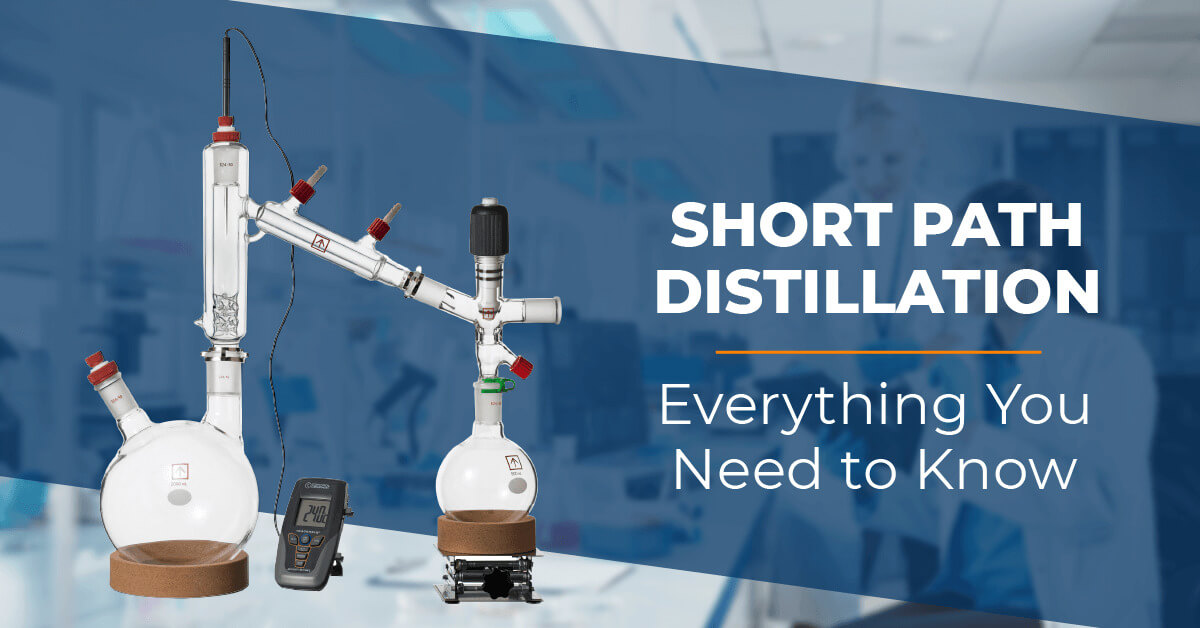We use cookies to make your experience better. To comply with the new e-Privacy directive, we need to ask for your consent to set the cookies. Learn more.
Choosing Right Biosafety Cabinet for Your Laboratory
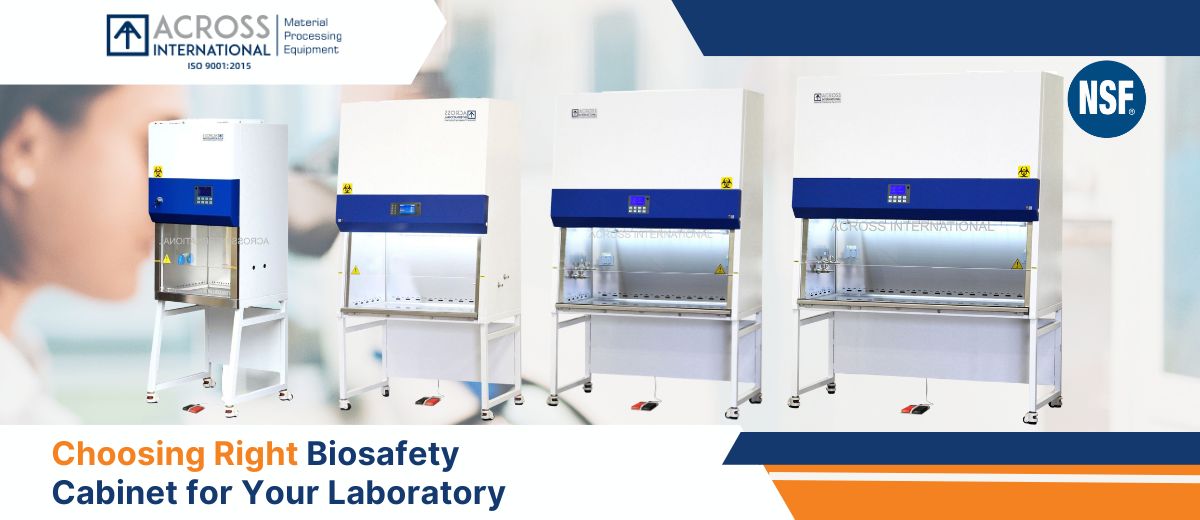
Choosing Right Biosafety Cabinet for Your Laboratory
Working with biohazardous materials in a laboratory necessitates the use of a biosafety cabinet to ensure worker and environmental safety. Choosing the right biosafety cabinet for your lab, on the other hand, necessitates careful evaluation of the unique dangers and risks involved with your activity. In this blog, we'll discuss the significance of choosing the right biosafety cabinet and offer advice on how to make the best option for your laboratory.
How to biosafety cabinet:
To choose the appropriate biosafety cabinet, factors such as the type of agents or materials used, risk level of the work, volume of materials, and work practices and procedures must be evaluated. Physical characteristics of the cabinet, such as size, airflow patterns, and filter type, should also be considered. By evaluating these factors, laboratory managers can choose the most suitable biosafety cabinet to ensure the safety of personnel, environment, and research integrity.
Key Factors to Consider When Buying or Upgrading:
When buying or upgrading a biosafety cabinet, primary considerations should always be safety and preservation of samples. Size, price, and operating costs are also important considerations. Ergonomics, usability, customization, and available options should also be taken into account. Modern Class II BSCs have more stringent design requirements and may provide increased safety compared to older models. Look for a cabinet that compensates for normal filter loading and alarms if airflows change too much. Reconsider the need for external exhaust, which can be expensive and complex to operate safely. Consider energy efficiency and the total cost of ownership.
* Primary considerations should always be the safety and preservation of samples.
* Factors such as size, price, and operating costs are also important considerations.
* Ergonomics, usability, customization, and available options should also be considered.
* Modern Class II BSCs have more stringent design requirements and may provide increased safety compared to older models.
* Look for a cabinet that compensates for normal filter loading and alarms if airflows change too much.
* Reconsider the need for external exhaust, which can be expensive and complex to operate safely.
* Consider energy efficiency and the total cost of ownership.
To make an informed selection and select a biosafety cabinet that best matches your laboratory's unique demands, it is critical to thoroughly analyze all of these criteria. Keep in mind that safety should always come first.
Maintaining and Using Biosafety Cabinets:
To keep your biosafety cabinet running smoothly, it's crucial to have it properly maintained and used. Have your Class II cabinet certified regularly to ensure it follows the NSF/ANSI Standard #49-2009, which ensures both the safety of the user and the sterility of the work. Refer to the "Biosafety in Microbiological and Biomedical Laboratories (BMBL) 5th Edition" by the CDC and NIH, which is an excellent resource for understanding the unique features of your cabinet. In terms of routine maintenance, it's essential to get your Class II BSC field certified at least once a year.
Selecting a Biological Safety Cabinet
When it comes to purchasing a biological safety cabinet, it's essential to consider the type of work that will be conducted within it. To help you make an informed decision, Table 1 provides an overview of the Ai Biosafety Cabinets’ Specifications of all size units. Taking the time to carefully evaluate these factors can help ensure that you choose a cabinet that is the right fit for your laboratory's specific needs.
|
Model |
BC-2F |
BC-3F.110 |
BC-4F.110 |
BC-6F.110 |
|
Electrical requirements |
110V 60Hz 1-Phase 200 watts |
115V 60Hz 1-Phase 400 watts |
110V 60Hz 1-Phase 400 watts 220V 50/60Hz 1-Phase 400 watts |
110V 60Hz 1-Phase 500 watts |
|
Top clearance |
12" |
|||
|
Volume |
Inflow: 345CFM Downflow: 500CFM Exhaust: 345CFM |
Inflow: 255CFM Downflow: 380CFM Exhaust: 255CFM |
Inflow: 345CFM Downflow: 500CFM Exhaust: 345CFM |
Inflow: 825CFM Downflow: 710CFM Exhaust: 485 CFM |
|
Speed |
Inflow: 100-110FPM Downflow: 60-70FPM |
Inflow: 100-110FPM Downflow: 60-70FPM |
Inflow: 100-110FPM Downflow: 60-70FPM |
Inflow: 100-110FPM Downflow: 60-70FPM |
|
Shipping Dimensions |
34 x 31.5 x 57" |
48 x 40 x 72.5" |
61 x 43 x 76" |
79.5 x 42.5 x 75" |
|
Compliance |
NSF/ANSI 49 (C0559576) |
|||
|
Warranty |
One year |
|||
Choosing, upgrading, and maintaining a biosafety cabinet is critical to ensure safety for laboratory workers and the environment. By evaluating factors such as the type of agents or materials used, risk level of the work, volume of materials, and work practices and procedures, laboratory managers can choose the most suitable biosafety cabinet. Additionally, it's crucial to have the biosafety cabinet certified regularly and conduct routine maintenance to ensure it's running properly. Contact us for NSF49 Certified BSC Equipment, we also offer the calibration service for more laboratory equipment.


